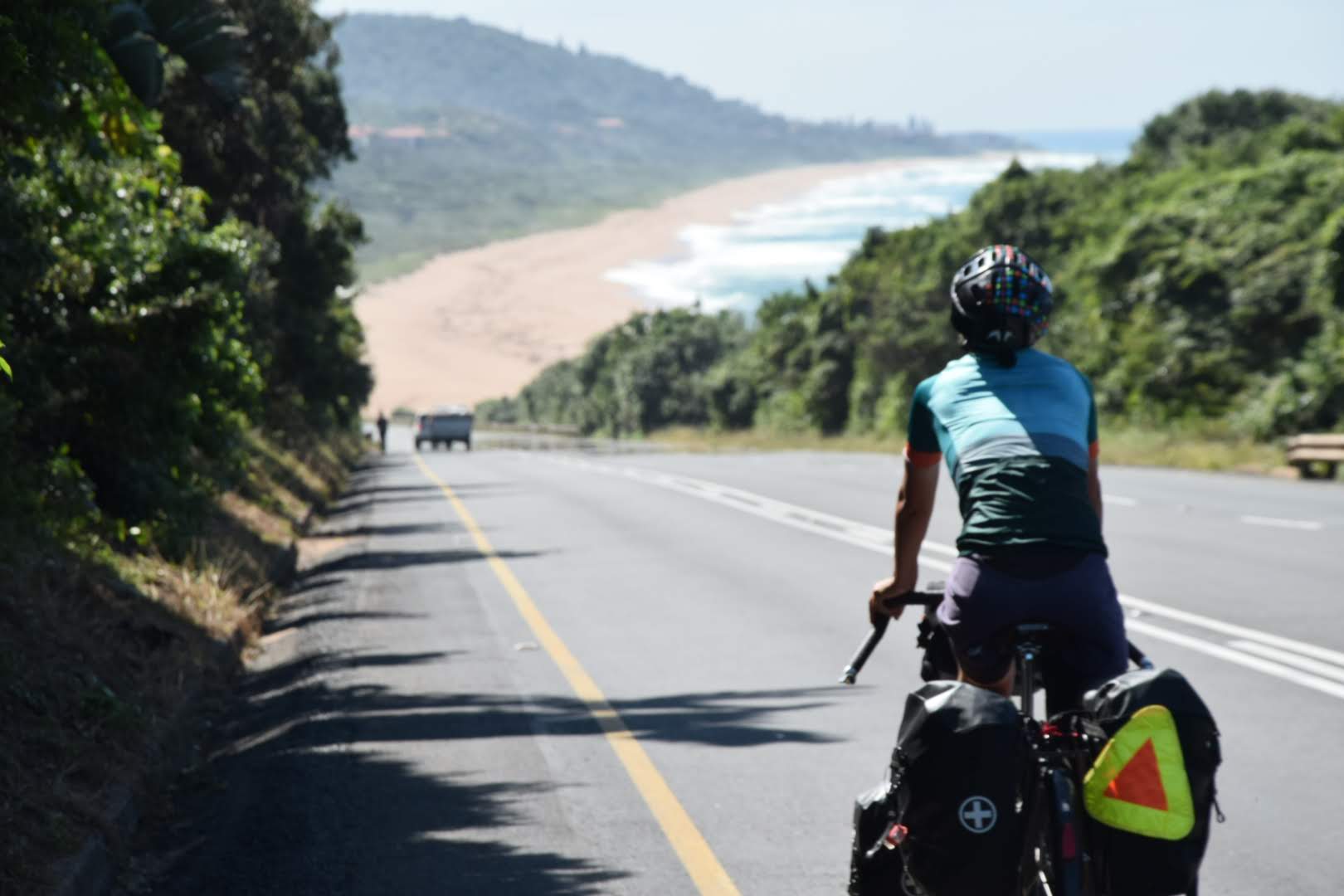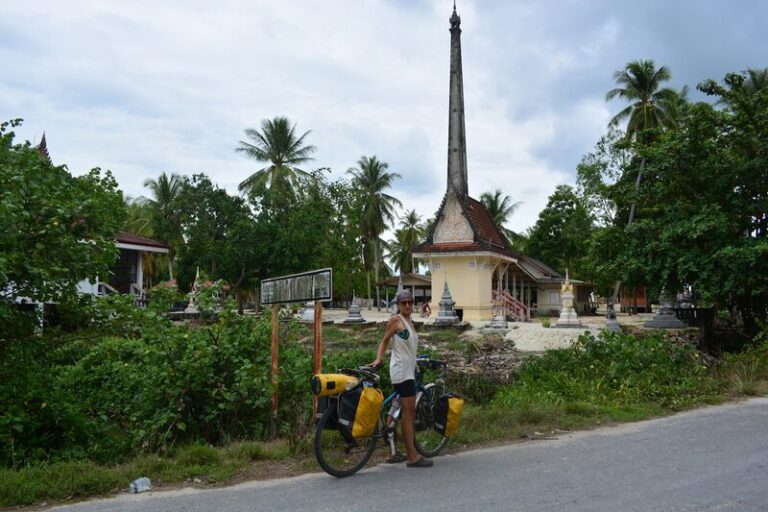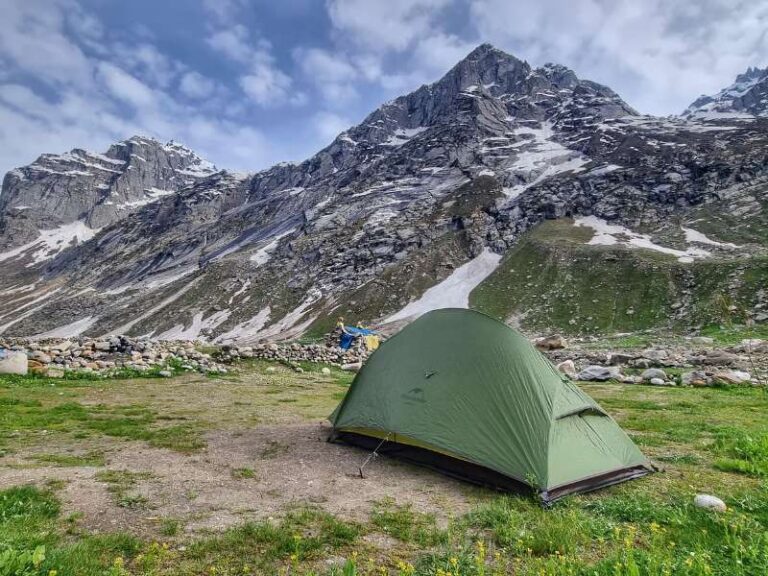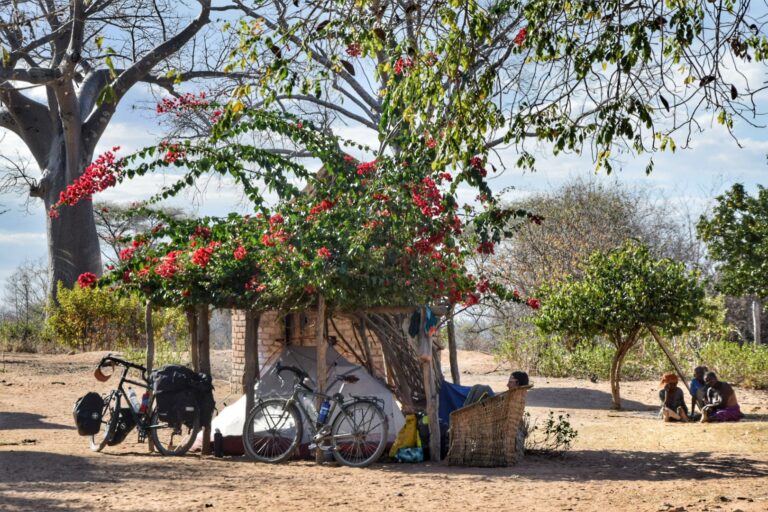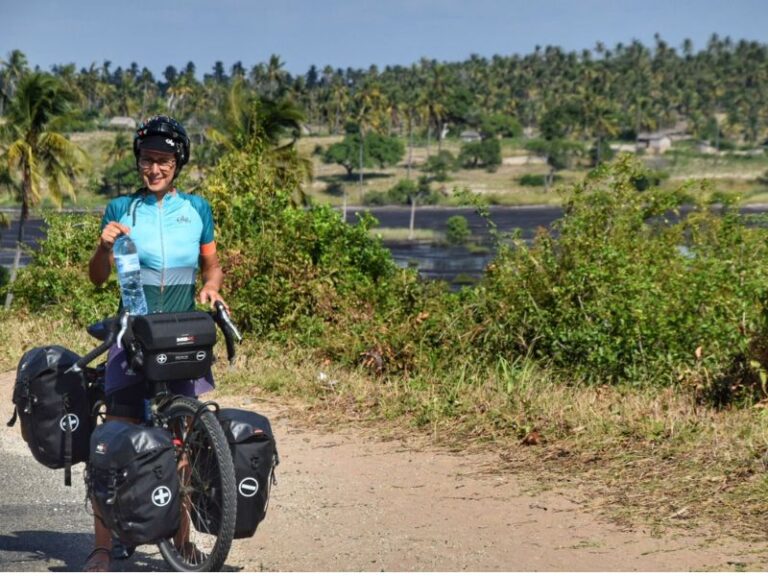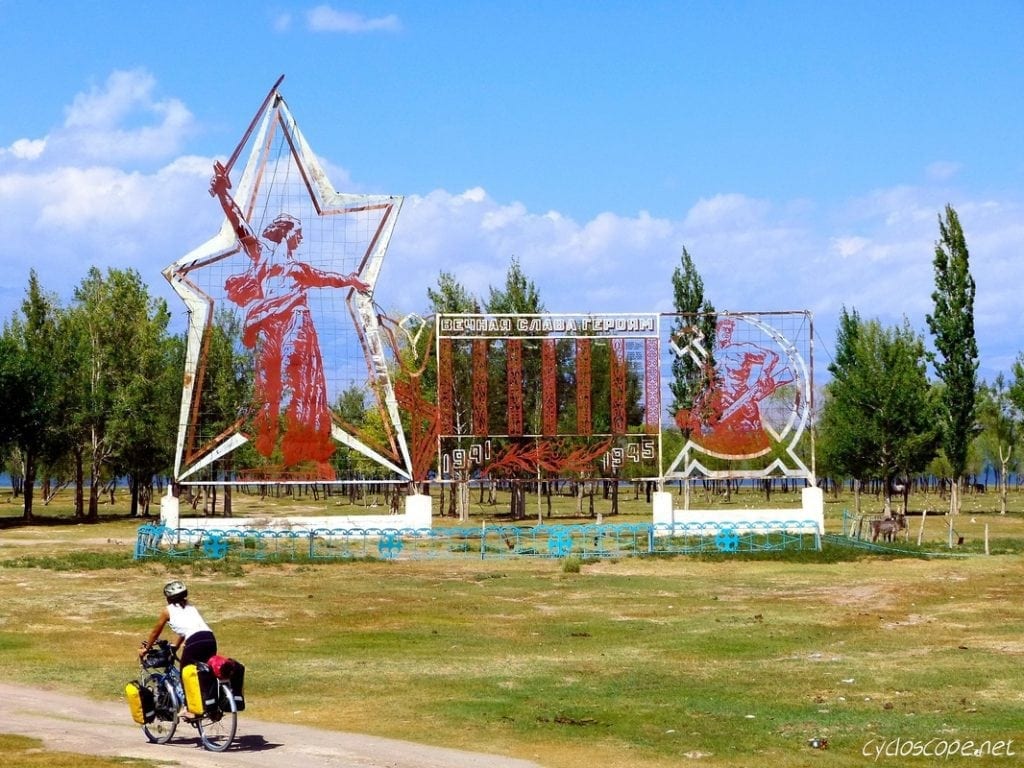
Bicycle Touring Budget: Hints and Insights for Long-Term Trips
Cycling across the globe is not only the most economical way to embark on long-term travel but also the most fulfilling, in our opinion. The amount you spend on a bike trip, however, varies greatly based on individual preferences and travel styles.
When we mention that we’ve been traveling since 2014, many people assume we come from wealthy backgrounds. On the contrary, we hail from humble, hardworking families. Elena’s father is a whitewasher, and her mother was a cook. My father owns a struggling record shop, and my mother is a housewife. Our journey is fueled by determination and frugality, not wealth.
Beginner? Check these
> How to Travel by Bicycle: a Beginners’ Guide to Start Bike Touring
> 9 Easy Destinations for Bike Touring Beginners
We’ll go into the cost breakdown later in the article, but for those with little time, here’s a summary:
The Cost of Traveling the World by Bicycle: A Quick Overview
1. Affordable Long-Term Travel
- Cycling around the world is one of the cheapest and most rewarding ways to travel long-term. Costs vary based on individual preferences and travel styles.
2. Monthly Budget Breakdown
- Our average monthly budget is 650€ for two, or around 10€ per person per day. This covers food, accommodations, gear replacements, visas, and even occasional luxuries like beer and cigarettes.
3. Surviving on a Tight Budget
- We managed to travel through expensive countries like Japan and South Korea without overspending by camping and cooking our own meals.
5. Traveling in Expensive Countries
- In pricey destinations, you tend to avoid costly accommodations and dining out, opting for camping and self-catering instead.
6. Different Bike Touring Styles
- Self-supported tours: Carrying all necessary gear, including camping and cooking equipment.
- Credit card tours: Traveling light without outdoor gear, relying on paid accommodations and meals.
- Fully-supported tours: Arranged by companies, often expensive, including route planning, accommodations, and luggage transport.
7. Benefits of Traveling with a Partner
- Sharing expenses with a travel companion, especially for accommodations and meals, can significantly reduce costs.
8. Gearing Up
- Investing in decent bike touring gear can enhance comfort and enjoyment, but it’s not essential. Start with what you have and upgrade as needed.
9. Everyday Expenses
- Food and accommodations are the primary daily costs. It’s possible to eat on less than 8 USD per day by sticking to local products and cooking your own meals.
- Camping and finding hosts can help keep accommodation costs low.
10. Visa Costs
- Visa expenses vary widely depending on your nationality and destinations. Budget accordingly and research visa requirements in advance.
11. Spares and Replacements
- Budget for repairs and replacements for bike parts, camping gear, clothes, and electronics. Expect to replace items like tires, brake pads, and cables regularly.
12. Healthcare
- Healthcare costs vary by country. Consider university clinics for affordable dental care and weigh the pros and cons of travel insurance.
13. Transportation
- Bicycle touring minimizes transportation costs, but occasional expenses for ferries, flights, and local transport are likely. Plan for these costs and research affordable options.
14. Sightseeing
- Decide which attractions are worth the cost. Some countries offer many free sights, while others charge high entry fees. Balance your budget to include must-see locations.
15. Conclusion
- Bicycle touring on a budget is feasible with careful planning and a willingness to adapt. Embrace the adventure and enjoy the journey!

Now Let’s enjoy the full article!
Our Budget
Our travel budget has been about 650€ per month for both of us, averaging just over 10€ per day per person. Occasionally, we receive small donations from family, friends, and even strangers, but these amount to no more than 20€ per month on average.
Traveling for $3,900 per person per year is astonishingly low compared to what some people spend in a week. This budget covers everything: food, accommodation, gear replacements, bicycle spares, clothes, visas, and even indulgences like beer and cigarettes. While we mostly cycled through affordable countries, we also spent three months in Japan and two in South Korea, surprisingly spending less in these pricier destinations.
We’ve met people traveling on even less, proving that anything is possible. In future posts, we’ll explore ways to travel indefinitely on a budget.
Why Cycling Expensive Countries Can Be Cheap
In countries like Japan, camping and cooking your own food can drastically reduce costs compared to paying for accommodation and dining out.
Additionally, developed countries often have robust Couchsurfing and Warmshowers networks, making it easier to find hosts.
Styles of Bike Touring
- Self-Supported Touring: Carry everything you need, including camping and cooking gear. This is the most economical way to travel long-term.
- Credit Card Touring: Travel light with minimal gear, relying on paid accommodations and meals. This style can be expensive even in affordable countries.
- Fully Supported Tours: Pay a company to arrange your route, accommodations, and transport your luggage. These tours can be self-guided or led by a guide and are typically costly.
Traveling in Pairs
Traveling with a partner can significantly cut costs, especially for accommodation and food. Sharing a room or cooking together reduces expenses and can make the experience more enjoyable.
Gearing Up
Investing in good-quality gear can enhance your comfort and enjoyment. However, if you’re on a tight budget, start with what you have and upgrade as you go. Our article on turning a junk bike into a touring bike and our series on essential gear for bicycle touring can provide more insights.
Expenses to Consider
Food and Accommodation: These are your primary daily expenses. You can eat for less than $8 per day anywhere by sticking to local products and cooking your own meals. Camping, finding hosts, and volunteering can help keep accommodation costs low.
Visas: Visa fees vary greatly depending on your nationality and destination. Budget accordingly and gather information in advance. We spent around $350 each on visas during our two-year trip in Asia.
Spares and Replacements: Regular maintenance and occasional repairs are inevitable. Budget for new tires, brake pads, cables, and chains, as well as any electronics or camping gear that might need replacement. We spent over $400 on bike spares and $800 on electronic gear in two years.
Healthcare: Healthcare costs vary by country. In some places, like Italy and Malaysia, healthcare is affordable, while in others, like the USA, it can be expensive. Look for university clinics for dental care to save money.
Travel Insurance: We traveled without insurance for two years, which was risky. Consider whether you want to take that risk or invest in travel insurance. We plan to get insurance from World Nomads for our next trip.
Transportation: While cycling reduces transportation costs, you might still need to take ferries, buses, or planes occasionally. Research airlines with the cheapest bike luggage fees. We spent around $820 on flights and $1,000 on ferries during our two-year trip.
Sightseeing: Some attractions are worth the entry fee, but others might not fit your budget. With our $10 per day budget, we skipped some sites but still managed to visit many impressive places. We spent around $420 on sightseeing, mostly in China.
We hope you find these insights useful. What’s your bicycle touring budget? Share your thoughts and experiences in the comments below!
Check out our other articles:
- Essential Gear for Bicycle Touring and Bikepacking
- How to turn a piece of junk into a decent touring bike
- How to start bicycle touring
- 9 easy destinations for your first bike trip
- 21 best touring bikes under $1000

